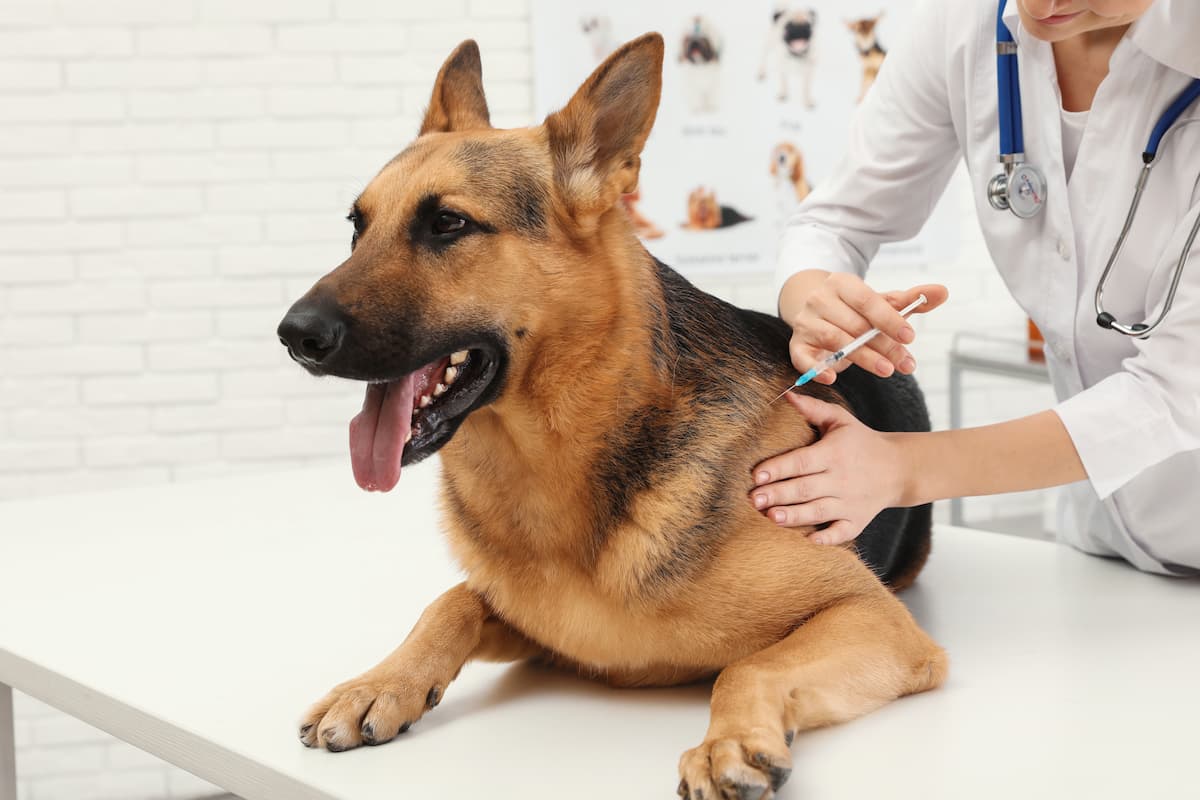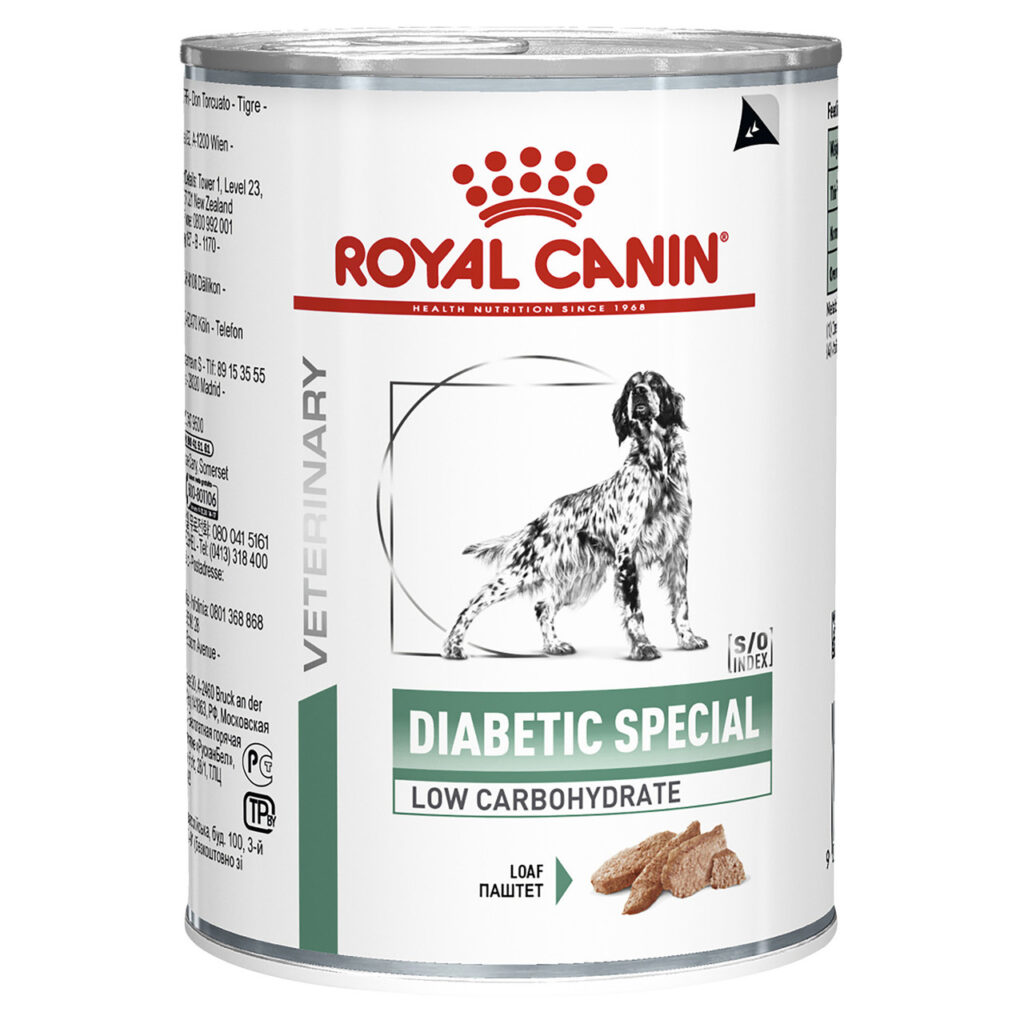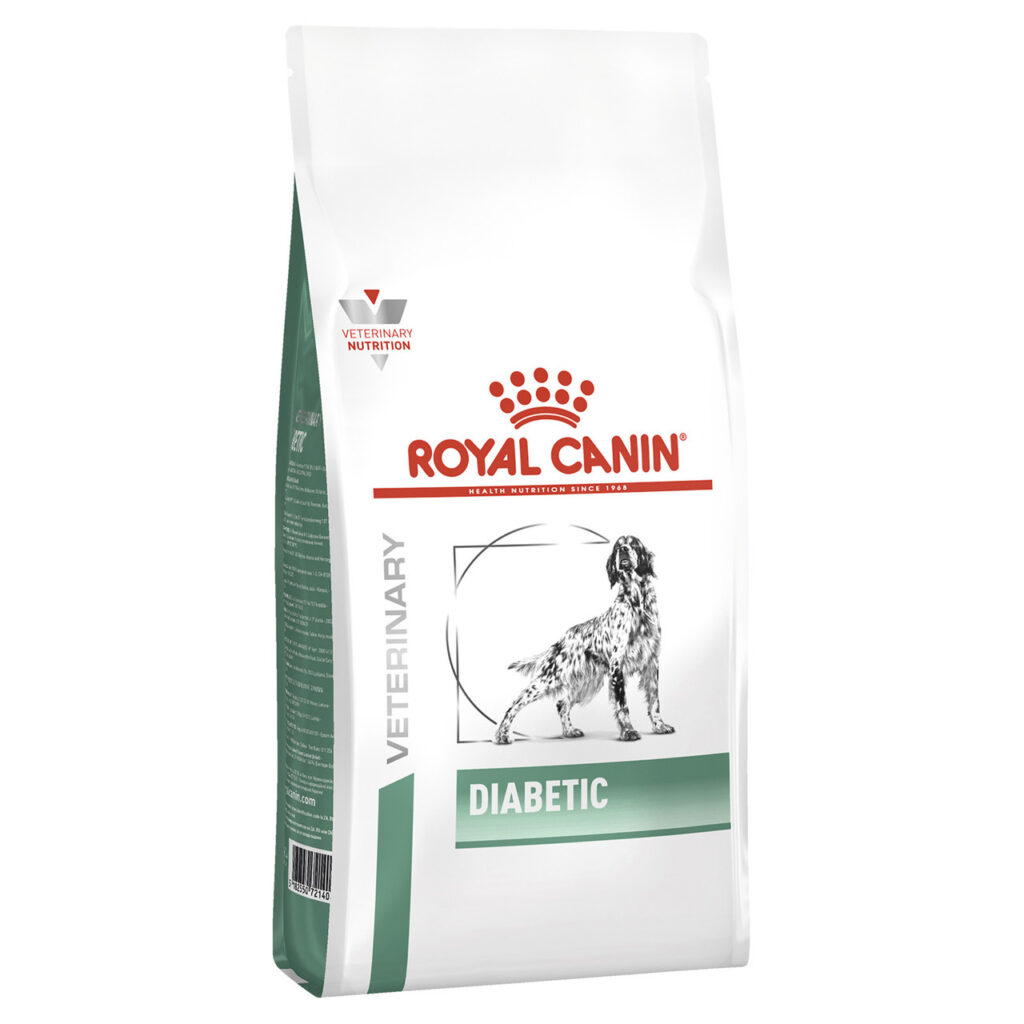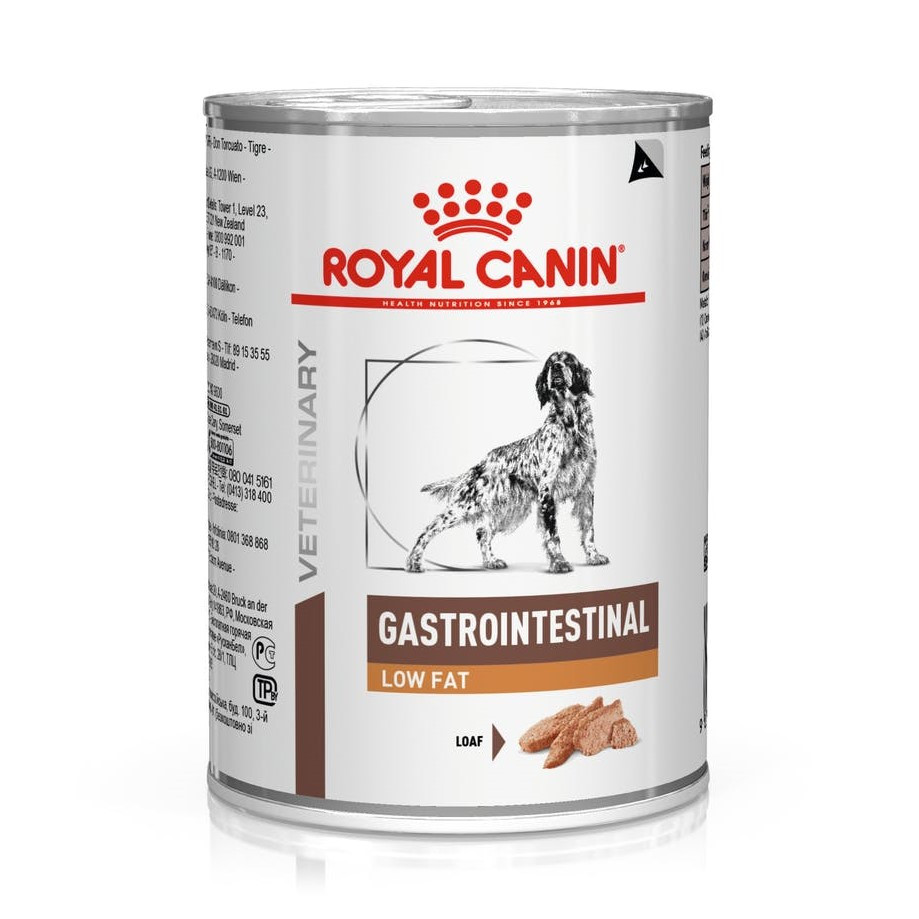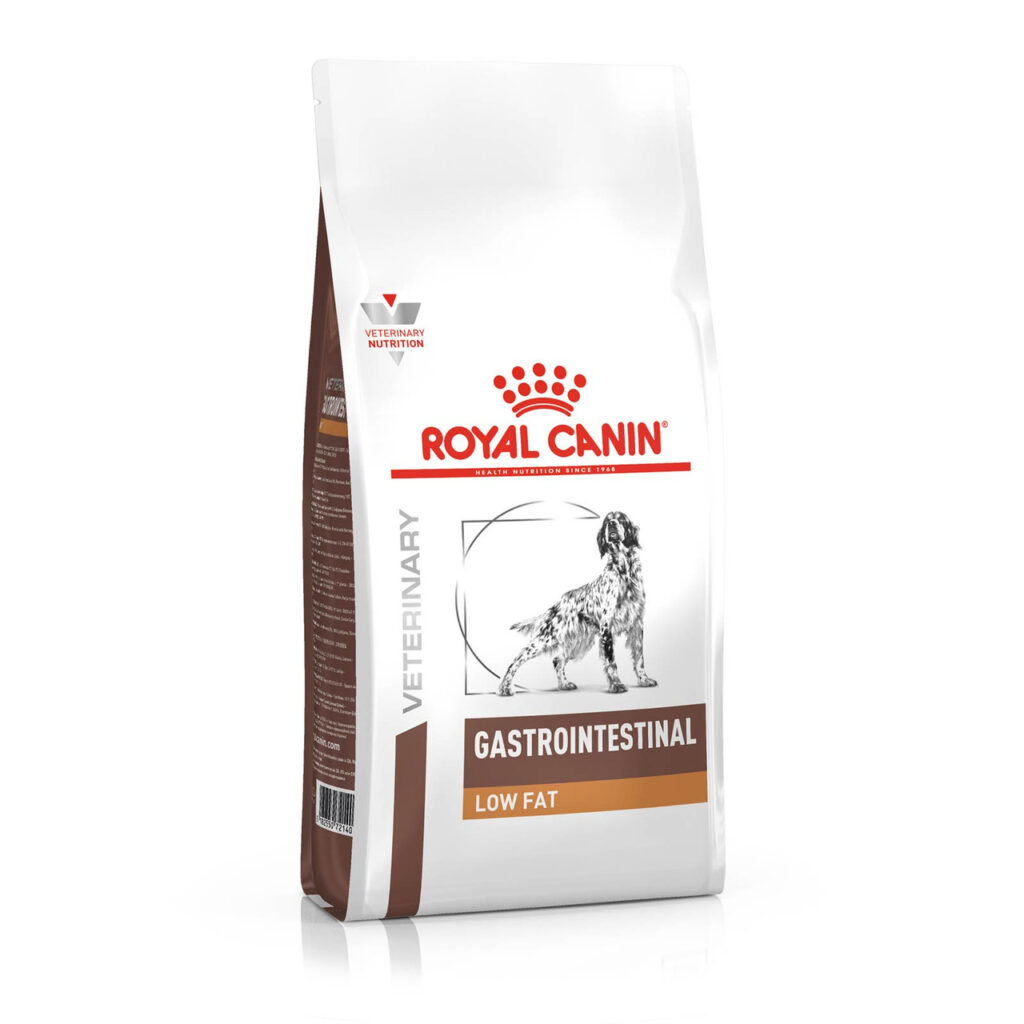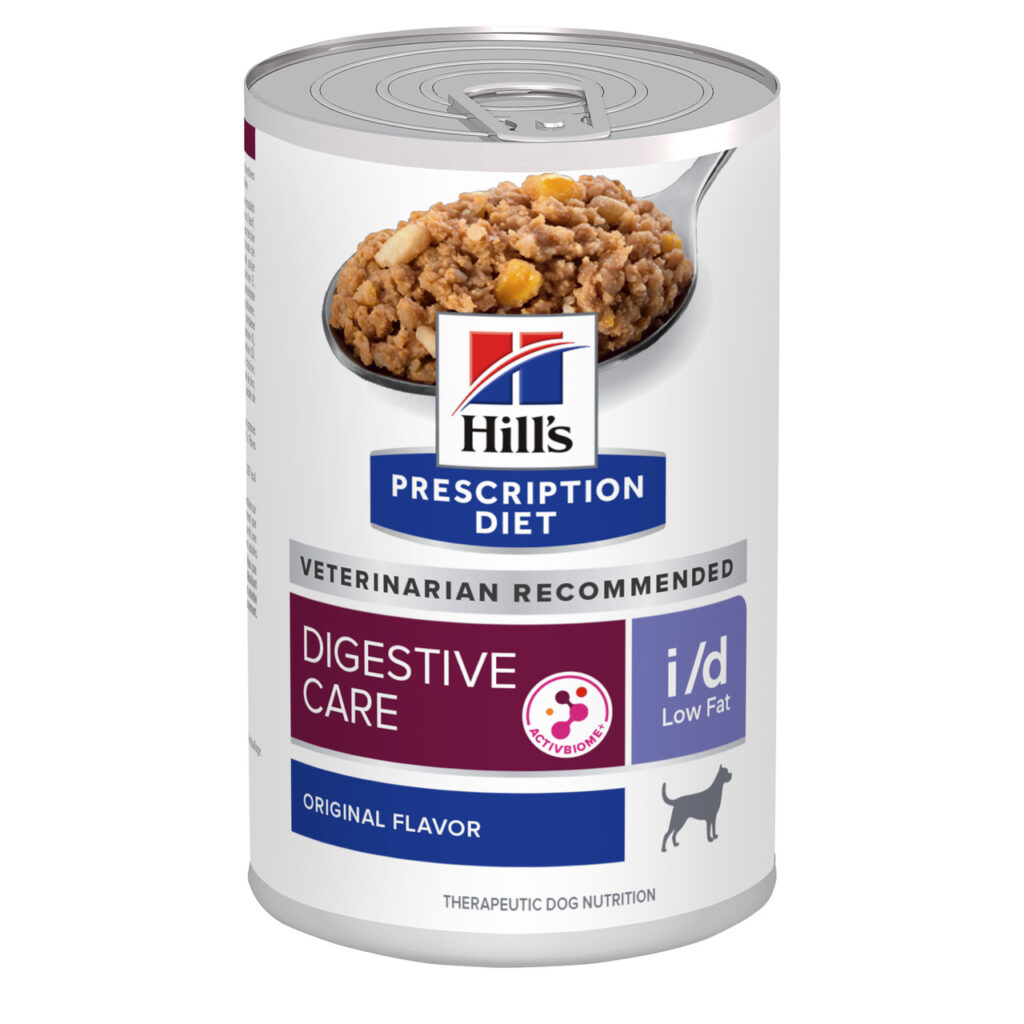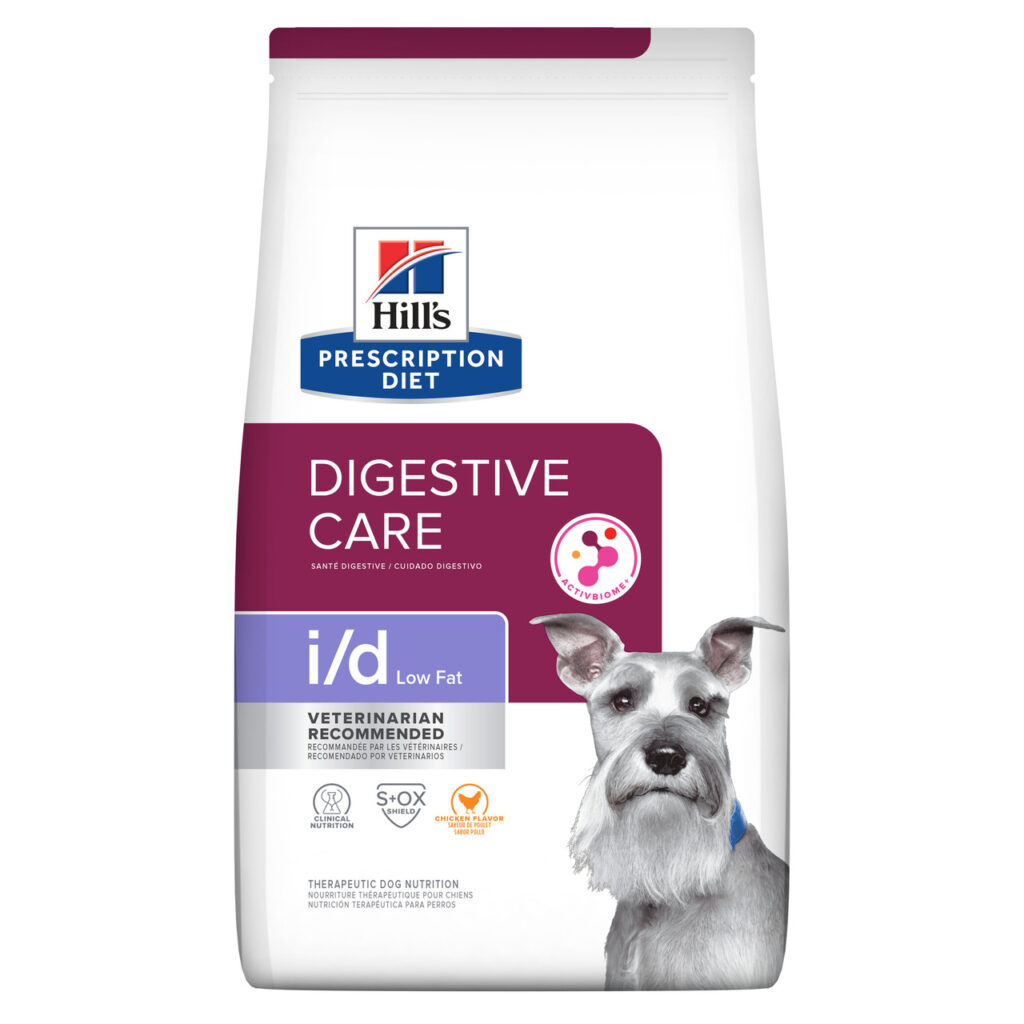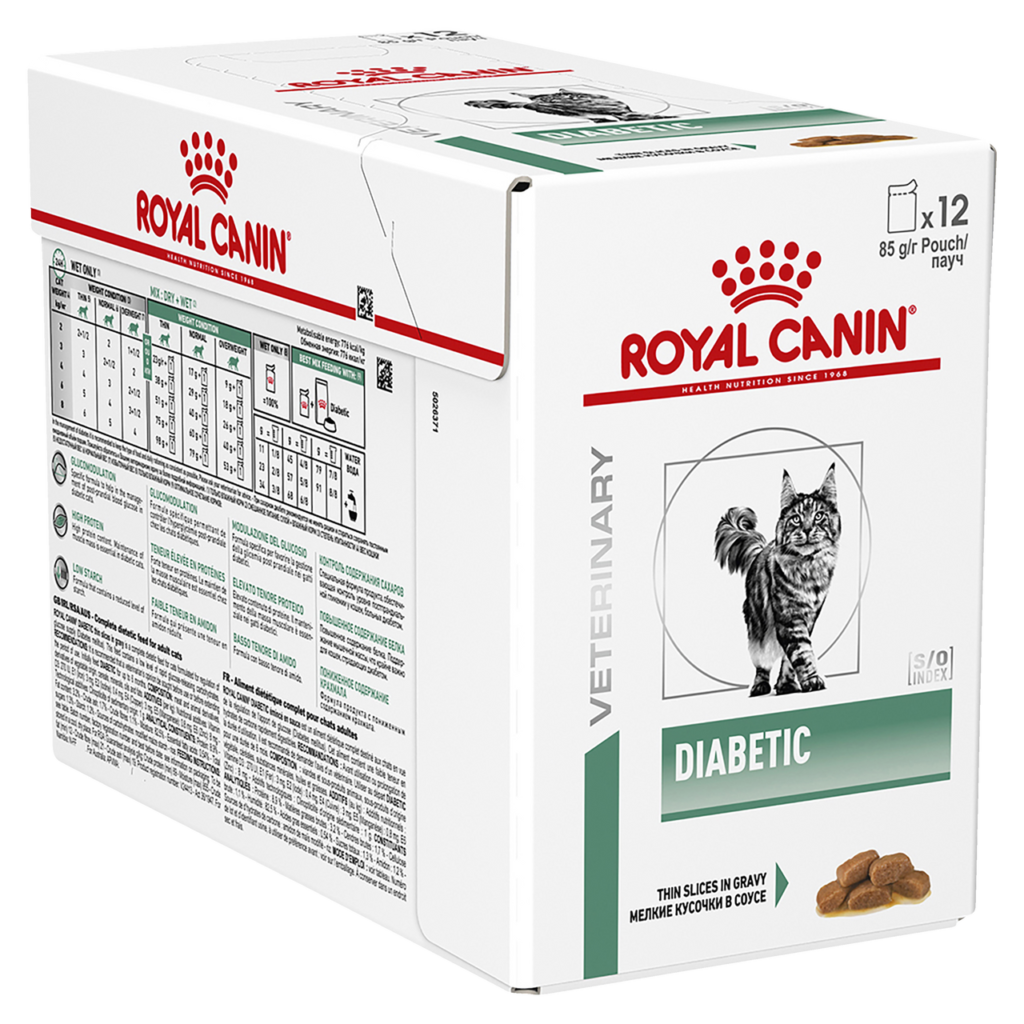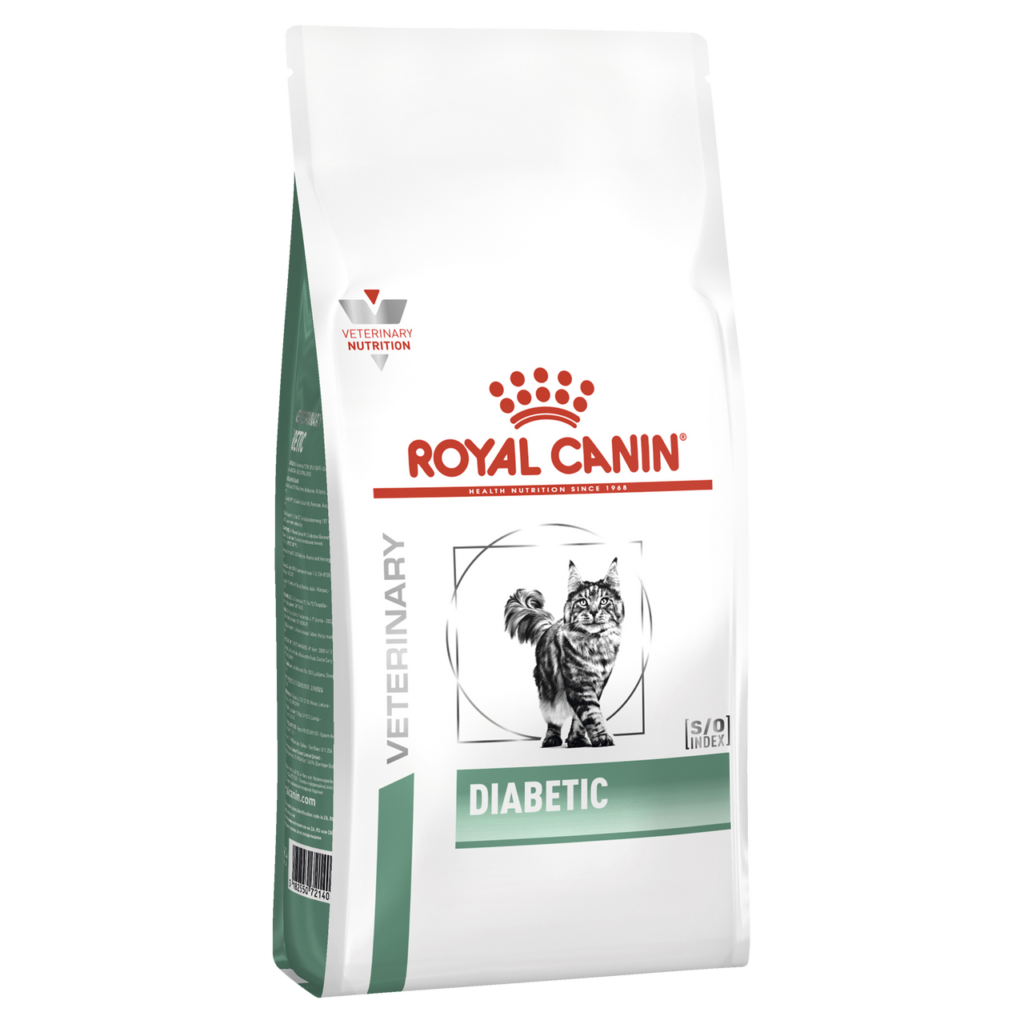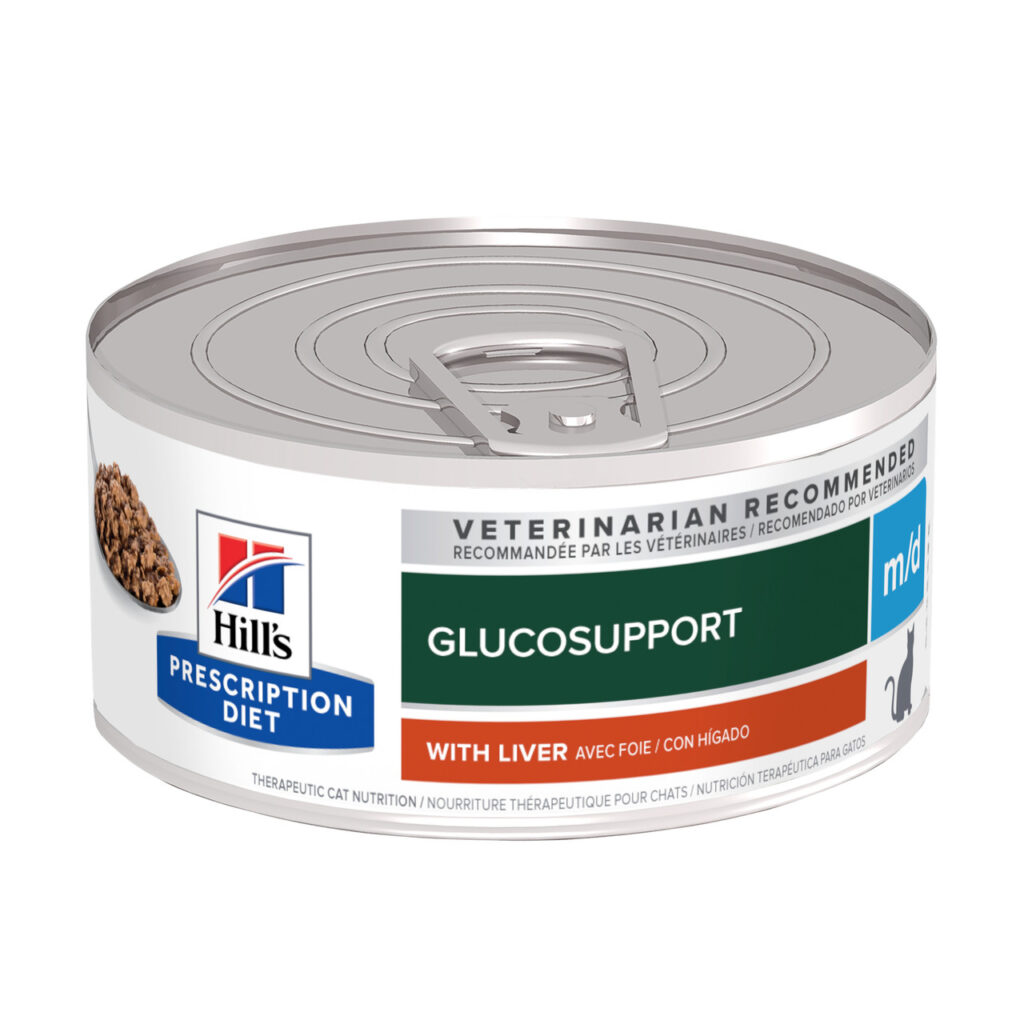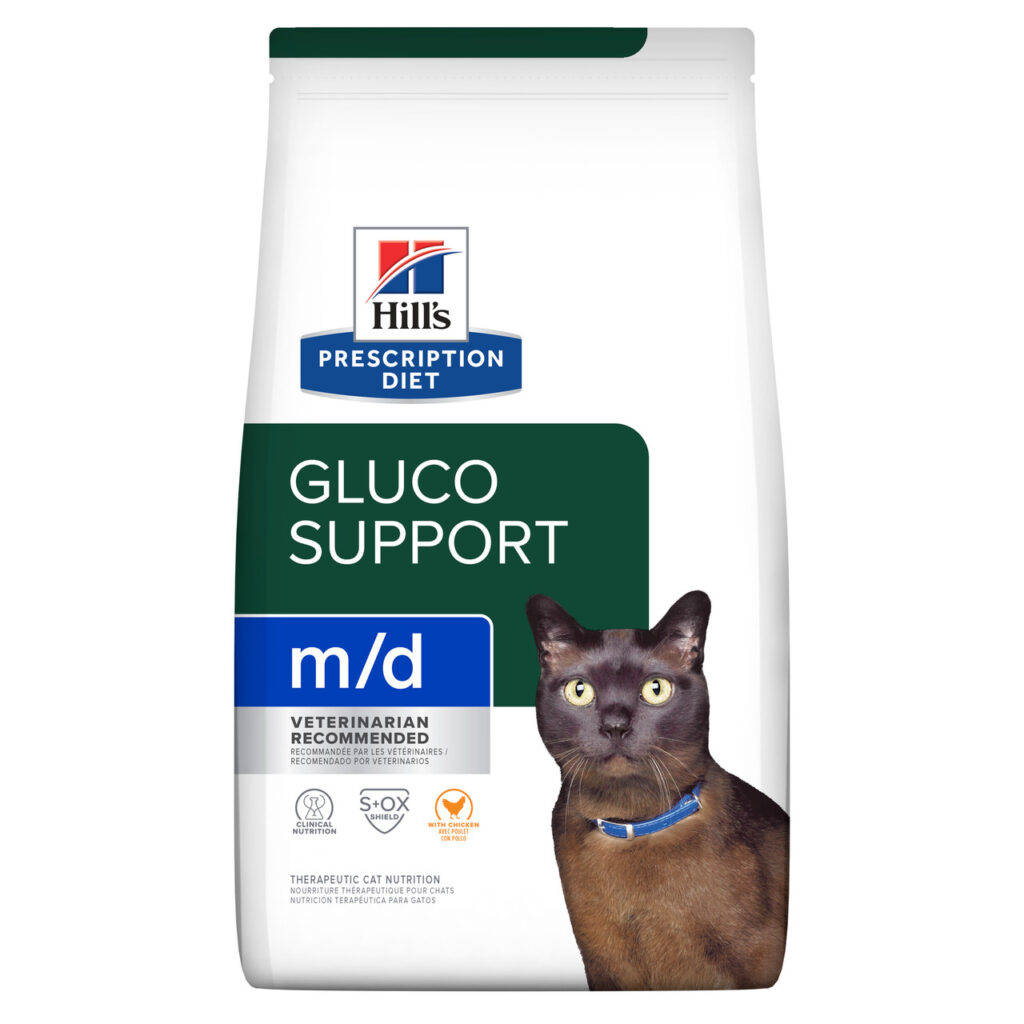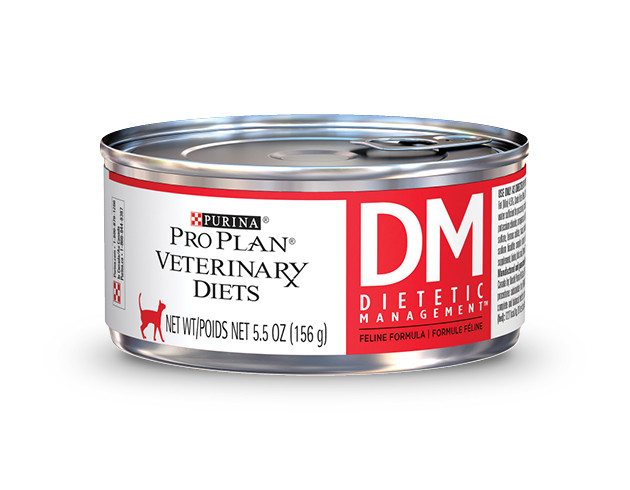This is the second instalment of a 3-part blog series about diabetes in pets. The first article explored the signs and symptoms of diabetes in pets to look out for. In today’s article we will cover how diabetes mellitus (DM) is treated in dogs and cats.
We will talk about treatment when their DM is considered ‘uncomplicated’ – this is when your dog or cat is still eating and drinking and not feeling too sick (yet), or from when they have been discharged after being treated for ‘complicated DM’.
About complicated diabetes mellitus
Complicated DM is when your pet is very sick from their diabetes and needs to be hospitalised to get well first, and are often diagnosed with other illnesses at the same time, such as pancreatitis.
Please note these are general recommendations, we always recommend you seek the professional advice of your veterinarian as every diabetic pet and their owner have their own individual needs, and how each diabetic patient responds to treatment is also different.
Identifying the goals of treatment
The goal of treating a diabetic dog or cat is to make them feel as well and energetic as they did normally! That means we want to make their thirst levels go back to normal, the frequency they pee to go back to normal and we want their weight to stabilise and go back to normal.
Another important goal is to avoid having episodes of low blood sugar called ‘hypoglycaemia’ or ‘hypoglycaemic episodes’. In cats, we sometimes manage to get them into remission but this is a bit of a bonus goal that isn’t guaranteed to always happen.
You will need to have regular check-ups with your veterinarian at least at the start of your pet’s diabetes journey, and as they become more stable and you both get used to managing their diabetes, check-ups tend to be spread out to twice a year.
Treatment for diabetes in pets
When your pet is diagnosed with DM the first thing your vet will prescribe is injectable insulin for you to give them. The most commonly prescribed insulins used for pets in Australia are described below, but this is not covering all of the insulins out there. Initial insulin choice depends on your veterinarian’s preference, their experience and may also depend on availability and legal aspects.
Insulin is given in either a syringe with a very tiny 29 or 31 gauge needle, or in an insulin ‘pen’ (more on these later) under the skin every 12 hours.
It can be quite scary learning how to inject your furry friend but you will both usually get used to it quite quickly and your pet won’t mind, especially if they get a little bit of food or a treat with the injection.
General guidelines for pet insulin injections
Always give the insulin at the same time of the day as prescribed by your veterinarian. If your pet is prescribed insulin twice daily this should be given as close to 12 hours apart as possible. You can be flexible by up to an hour either side of this time. Insulin injections should be given after your pet has eaten their meal, generally about 15 to 30 minutes afterwards.
If you have forgotten to give a dose of insulin, or you think you ‘mis-injected’ in any way (for example when the needle comes out the other side of their skin and your pet may only have received some of the insulin), wait until their next insulin dose is normally due and give their normal amount of insulin at that time. This is safer than potentially doubling up their insulin dose if you try to give it again, which could cause a life-threatening hypoglycaemic episode. If you are ever unsure about administering your pet’s insulin, please contact your veterinarian.
Do not change the dose of your pet’s insulin unless upon the direct advice of your veterinarian.
If your diabetic pet is not eating, vomiting or is unwell it is best to hold off giving more insulin and contact your veterinarian straight away. Giving insulin to your pet when they aren’t eating or not eating their normal amount of food can cause a life-threatening hypoglycaemic episode.

Signs of hypoglycaemia (low blood sugar) in cats and dogs
Hypoglycaemia can be fatal if not recognised and treated as soon as possible. Signs of hypoglycaemia in your pet include:
- weakness or collapse
- lethargy or sleepiness
- incoordination
- muscle twitching
- abnormal behaviour
- vomiting
- seizures
- coma
If you suspect your pet might be hypoglycaemic, offer their regular food right away. If they will not eat you can rub some honey, glucose syrup or corn syrup onto the inside of their cheek and seek veterinary attention straight away.
Insulin in dogs
In Australia, there is just one veterinary specific dog insulin called Caninsulin. Caninsulin comes in vials that are 40 units of insulin in each millilitre. If your dog is prescribed Caninsulin it is strongly recommended to use specific 40 unit per millilitre syringes (i.e. on the 1ml syringe there are 40 lines on it). If you draw up the same prescribed dose of Caninsulin into a 100 unit per millilitre syringe you would actually be under-dosing your pet!
Caninsulin should be stored upright in the fridge. It should be shaken thoroughly before each administration.
Caninsulin can also be administered via an insulin pen where you just need to replace the needle tip with each dose that you give to your pet.
More information on how to use the Caninsulin pen can be found here: https://www.caninsulin.com/dogs/products-dogs/vetpen-dogs/
You can purchase the specific Caninsulin Vetpen needle tips at Pet Chemist Online.
Sometimes dogs don’t respond as well as we would like to Caninsulin, and so your veterinarian may prescribe a human insulin formulation such as Humulin 70/30 or Lantus (glargine). These are both insulins that have a higher concentration than Caninsulin, at 100 units per millilitre. If your dog is prescribed these insulins please use the corresponding 100 unit per millilitre syringes (i.e. on the 1ml syringe there are 100 lines on it) or their specific insulin administration pen. Human insulin also tends to be cheaper than the veterinary specific insulin.
If you are prescribed or would prefer to use these insulins in their specific calibrated pens you can find out more about each pen here:
- Lantus (glargine) solostar insulin pen https://www.lantus.com/how-to-use/using-solostar-insulin-pen
- Humulin 70/30 Kwikpen https://pi.lilly.com/us/HUMULIN-7030-KWIKPEN-IFU.pdf
If you choose to use the insulin pens make sure you get insulin needles that are at least 10mm in length, long enough to get under your pet’s skin – it is a common mistake to get the super short human needles!
BD Ultrafine Pen needles will fit both Lantus solostar insulin pens and Humulin 70/30 Kwikpens.
Whilst all the insulins are recommended to be stored in the fridge, Lantus does not need to be shaken before being given. Humulin 70/30 on the other hand needs to be gently agitated turning it upside down and back about 10 times to mix the medication together. Humulin 70/30 should not be shaken.
Insulin in cats:
In Australia, whilst Caninsulin is registered for use in cats, cats are typically prescribed a longer acting human insulin such as Lantus (glargine) right from the beginning. As cats improve and potentially go into remission, this insulin can be given just once a day in certain circumstances (dictated by your veterinarian). Lantus insulin normally comes in a concentration of 100 units per millilitre.*
*There is a newer more concentrated version of Glargine called Toujeo which is 300units/milllilitre. Veterinarians are still learning how best to prescribe this formulation of insulin.
If you are interested in your cat being on this type of insulin please see your nearest veterinary internal medicine specialist.
Diet and exercise in diabetic dogs:
Contrary to popular belief you do not necessarily need to make any drastic changes to your dog’s diet unless they were also diagnosed with pancreatitis at the same time as their DM (in which case they will need a low fat diet going forward). Our goal is usually to prevent further weight loss and get their weight back up to where they were when they were healthy. Their diet just needs to be well balanced, appropriate for their age and tasty!
The key take-home message for feeding a DM dog is that the amount of food they get for breakfast and dinner is consistent, and what is in that food for breakfast and dinner is kept as consistent as possible too. This makes for the effect of the insulin to be a bit more predictable.
Some tasty and balanced diets that you could try with your dog include:
Exercise should also be kept consistent each day as much as possible. For example, if they are used to going for a 30 minute walk twice a day try to maintain that. If they have a day where they are all of a sudden far more active than usual, such as running around at the beach for three hours straight, it could cause a hypoglycemic episode from all that extra exertion!
Diet and exercise in diabetic cats:
If you read the previous blog in this series, you will know that obesity is a major risk factor for DM in cats. So generally in cats, your veterinarian will recommend a low carbohydrate high protein diet such as Royal Canin Diabetic, Hills m/d or Purina ProPlan Diabetes.
Please note that ‘grain free’ diets are not the same as ‘low carbohydrate’ diets. Your veterinarian will help calculate the most appropriate number of calories your cat should be fed each day (which should also include any treats) to help your cat reach or maintain their best weight. Please talk with your veterinarian about the most suitable diet for your diabetic cat that takes into account their age and if they have any other health problems as this might change which diet is most suitable for them.
Any changes to your cat’s diet should be done slowly over a couple of weeks. It is better to offer the new food alongside the old food in a separate bowl and gradually reduce the amount of the old food available. Cats do not tend to appreciate mixing different diets together as much as our dogs might (think mixing tuna mornay with spaghetti bolognese!).
Whilst it would be great if your cat would just eat all of its breakfast and dinner in one go, they rarely do this so it is perfectly okay if your cat is a ‘grazer’ over the course of the day.
Try to still offer their main meals and snacks at around the same time each day. As for dogs, try to keep your cat’s activity levels consistent each day.
Diabetes in pets – treatment options of the future:
There is research currently into insulin that can be given just once a week. It isn’t available yet but it may be something we can consider in a few years time!
Last year the United States FDA (Food and Drug Administration) approved the first oral tablet diabetes medication for cats called ‘Bexacat’. It is a sodium-glucose cotransporter 2 (SGLT2) inhibitor called bexagliflozin and prevents the kidneys from being able to reabsorb glucose. It isn’t available yet in Australia but watch this space!
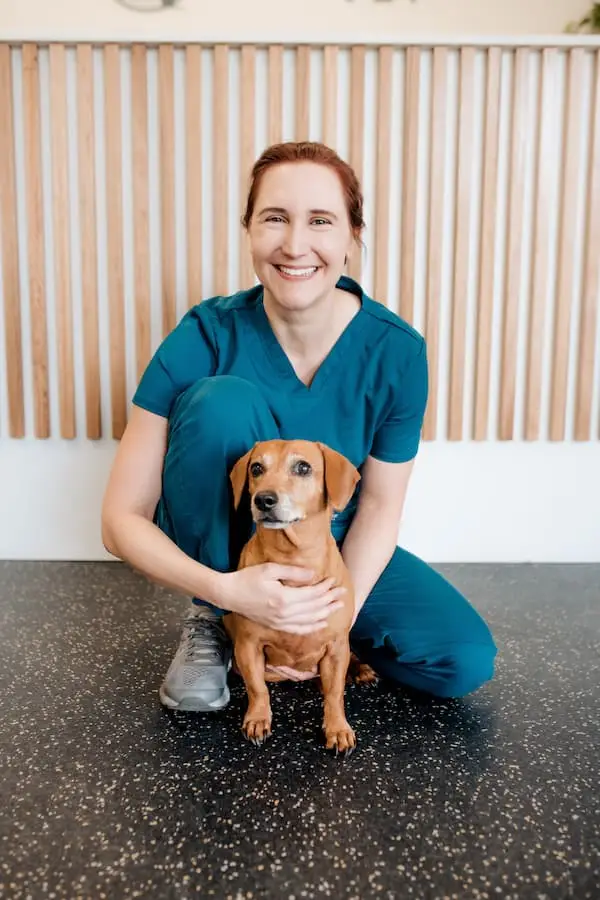
About the Author:
Dr Ingrid Goodman BVSc MANZCVS FANZCVS (Internal Medicine) graduated from the University of Sydney in 2009. Dr Ingrid has worked in mixed practice, general practice, as an emergency vet, and more recently as a medicine specialist in a referral hospital. Dr Ingrid is the author of a number of academic papers and currently works as a specialist consultant at The Pines Vet on the Gold Coast. Dr Ingrid’s passion is all things feline, and she is affectionately known as “the cat whisperer” with her team at The Pines.
